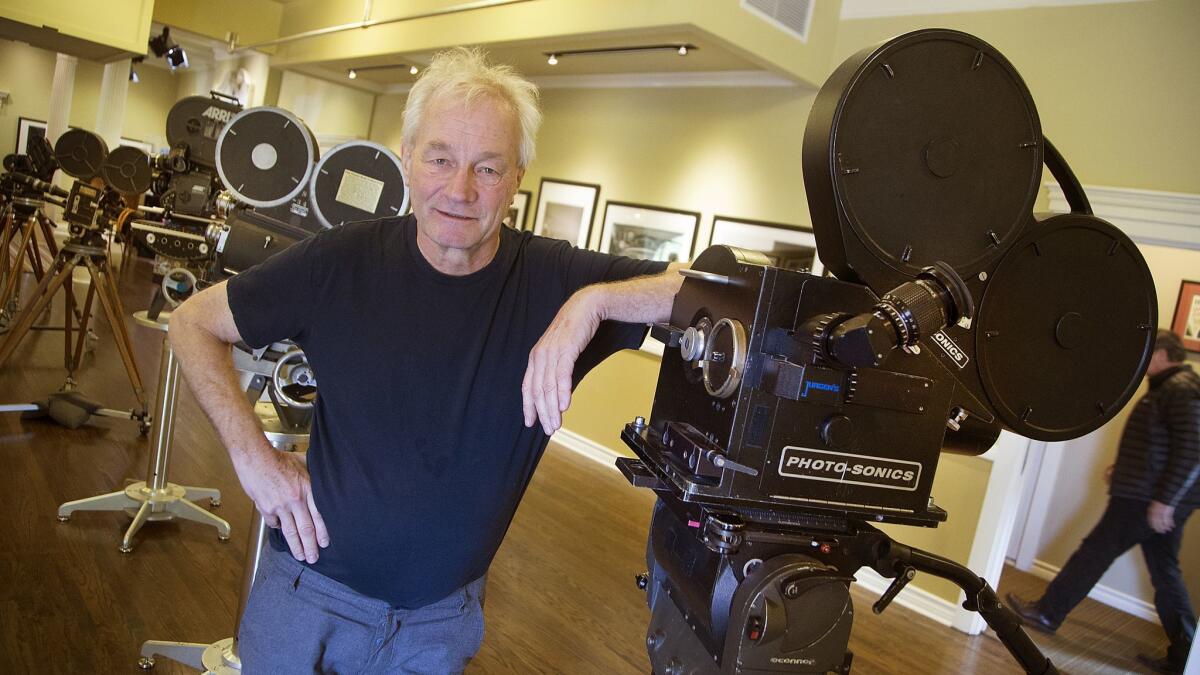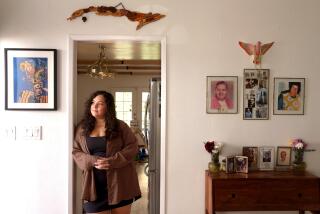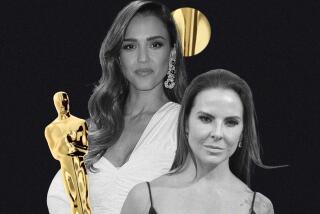How the American Society of Cinematographers is dealing with diversity
The numbers are problematic, to say the least.
Of the American Society of Cinematographers’ 390 members, only 18 are women.
And that dismal figure represents an improvement. The female membership has more than doubled in the last seven years, according to an ASC spokesperson.
ASC President Kees Van Oostrum acknowledges, “We come from a very male-dominated industry. So how do you change that fact? One drives the other. If you get more female cinematographers in the workflow, doing good work, they’ll become members.”
(The statistics are equally dismal for ethnic diversity; only 5% of ASC members are Latino, 3% are Asian and 2% are black, according to the group).
Van Oostrum cites the importance of the industry hiring more diverse crews, so that more diverse people can rise through the ranks to become cinematographers.
That’s the way ASC member Polly Morgan worked her way up in the field.
“I started off at the bottom of the ladder as a PA [production assistant] and then a camera assistant. I saw that female cinematographers were rare indeed,” she recalled. “Now, I’m certainly seeing more and more women take the stage. There are more female support groups and mentorship programs in which women — and men — encourage women and help them see it is possible to have a career in cinematography.”
RELATED: At 100, the American Society of Cinematographers looks back while thinking ahead »

People come from everywhere; it’s more diverse than most movie sets.
— Kees van Oostrum
The ASC has identified increasing not only gender but also ethnic diversity among its ranks as a necessary goal, and the organization sees its educational program as a step in that direction. The makeup of the ASC’s master classes tends to be “diverse, because people come from everywhere; it’s more diverse than most movie sets,” says Van Oostrum.
“Bradford Young, a black cinematographer who did ‘Solo: A Star Wars Story,’ did one and he was so inspirational. I know, singlehandedly, he convinced, 20 people to go from ‘I’m not going to try that; I’m not going to succeed’ to ‘Yes, I can do this.’
The first-ever female cinematography Oscar nominee (for “Mudbound”), Rachel Morrison, says she is seeing more women on crews and more being promoted from within. “I feel incredibly bolstered these last few years in efforts towards inclusion,” she said. “There’s visible change.”
John Simmons is co-chair of the ASC’s vision committee, which deals with issues of diversity and inclusion. He believes making changes in the organization will depend on greater opportunities in the industry for women and minorities.
“I know a number of amazing cinematographers — male and female, black, of all nationalities — who are on their way up, who have wonderful work, but they haven’t had those opportunities,” he said. “I was very fortunate in that I got to shoot a lot of stuff. I started pretty early, and a lot of people trusted me. My career stands on the shoulders of people who wanted to make a change in our society and in the film industry.
“We can’t suddenly admit more women or people of color as ASC members. But we can do our part to work for change, with the goal being a more inclusive film industry.”
It’s sort of horrifying, how long it takes to change people’s minds, to make them aware there are people being prevented from doing potentially great work.
— ASC member Caleb Deschanel
Member Larry Fong says, “Although I’ve faced different levels of racism throughout my life, it’s never been enough to stop me from pursuing this career dream of cinematography. Luckily, when you’re behind the camera, it’s not as much of an issue as it is when you’re in front of it, which is an ongoing, real problem. But I’ve found that cinematography and crew positions — if you do a good job, you’ll be hired.
“My sponsor at ASC was Michael Goi [‘American Horror Story’], who is, of course, Asian American. I can’t help but think of James Wong Howe, who, decades and decades ago, was an Oscar-winning cinematographer [for ‘Hud’ and ‘The Rose Tattoo’]. Back then, if you can imagine the racial hurdles — he was still able to become this well-known, almost household name. That’s pretty incredible.”
Longtime member Caleb Deschanel takes the long view.
“I wish you could wave a magic wand and make it instantaneous,” he said. “The important thing is to sustain the effort and not let it be a fad so we find ourselves 10 years down the line and [it’s a problem again]. I remember years ago hearing about it. It sort of disappears and comes back in waves.
“It’s two steps forward and one step back. It’s sort of horrifying, how long it takes to change people’s minds, to make them aware there are people being prevented from doing potentially great work.”
More to Read
Only good movies
Get the Indie Focus newsletter, Mark Olsen's weekly guide to the world of cinema.
You may occasionally receive promotional content from the Los Angeles Times.










